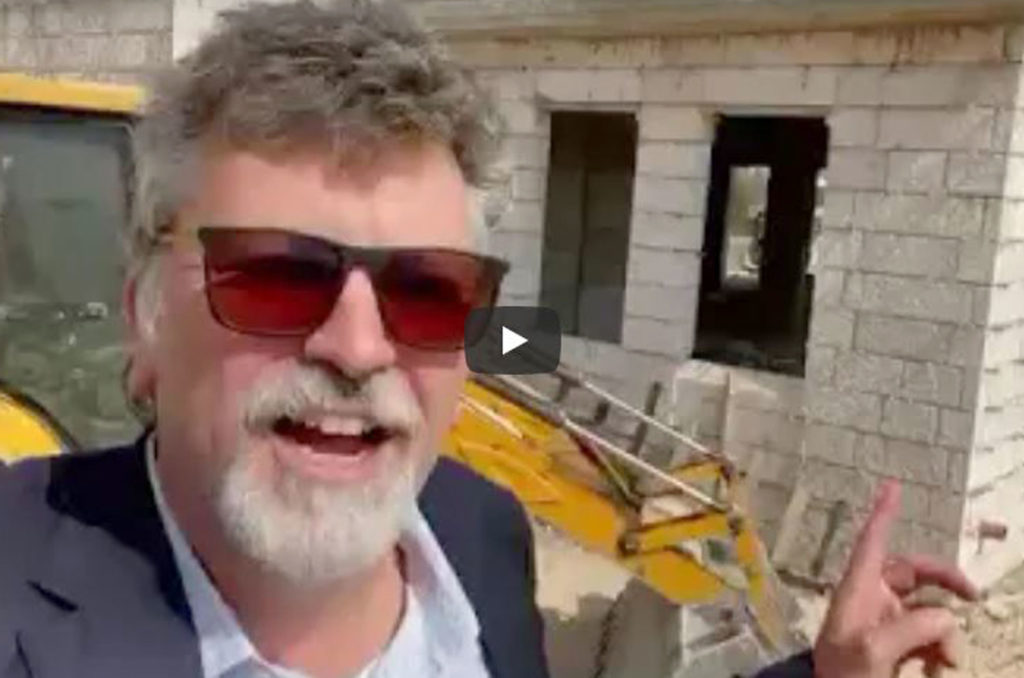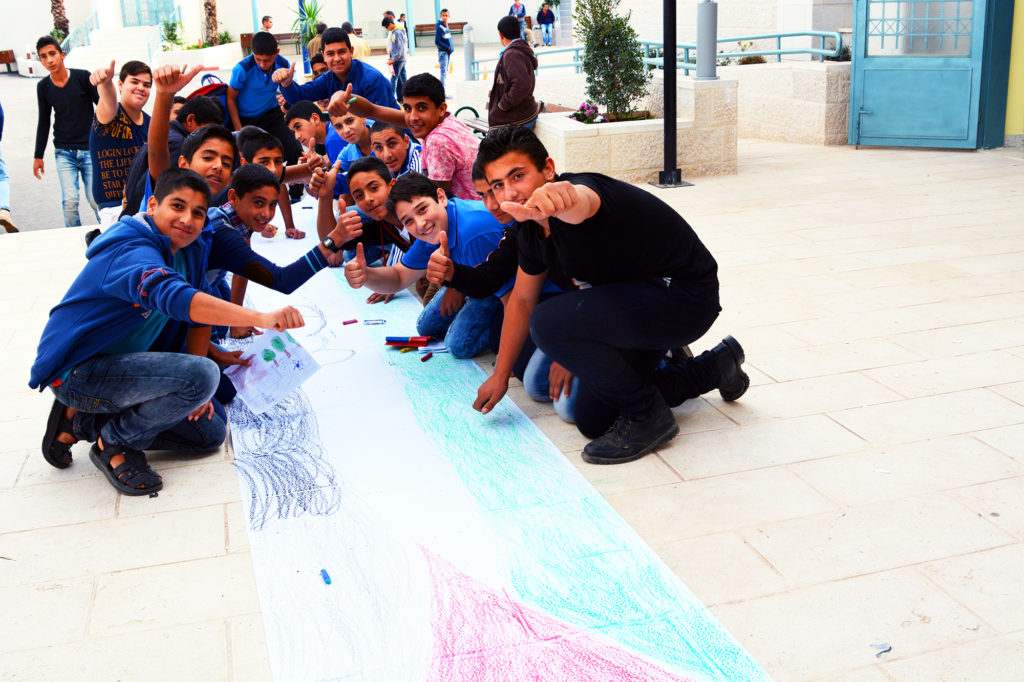Feb, 2010
In an abandoned building, formerly housing the village council, Beit Aour’s first and only elementary school was founded five years ago.
It was founded as a solution to the increasing number of students attending the village’s only public school, located just outside the village.
“That village council building was unfinished and not built to be used as a school,” said the principal. “The rooms were very small and did not meet the Ministry of Education’s standards. We mainly depended on donations from the villagers throughout the four years we’d been using the building to keep the school running. We took anything from cement and bricks to trees and flowers. We even managed to collect some [$3,200] that was used to build outdoor bathrooms, pay the bills, furnish the school, and renovate the rooms.”
In 2009, the school moved to a brand new, three-story building with six spacious classrooms funded by the UN International Fund for Agricultural Development (IFAD) and implemented by Anera. The school’s construction had the added benefit of providing short-term jobs for villagers in need of a source of income.
Eighty-one girls and boys from the village of Beit Aour attend the school and the parents find its location in the heart of the village very convenient.
“I love everything about our new school,” ten year-old Mira Hamda explained, “But I especially love that we have enough desks and playgrounds to play. I like the teachers here and my favorite subjects are English and math.” Mira was most frustrated by the overcrowded classrooms at the old building and that she had spent four school years studying in the very same classroom.
The support the villagers have been showing to Beit Aour Elementary School proves their belief in properly educating their children. The role that the families have been playing has pushed the school to be ranked in the top ten schools for academic achievement for fourth graders among 80 other schools in the Palestinian Territories. They also have ranked among the top three schools in the entire West Bank for dabke dancing (Palestinian folk dancing).
“The entire village is involved in the education of these young children. We’re all contributing to the school’s success and our children’s development, each with his/her own capacity,” said the principal with pride.
Now that the school has moved to this new IFAD-funded building, the students and teachers finally have enough rooms, and open spaces for recreation and special events. The school offers its students extracurricular activities such as scouting and summer camps. Many teachers are enrolled in a learning-through-education course for remedial students.


